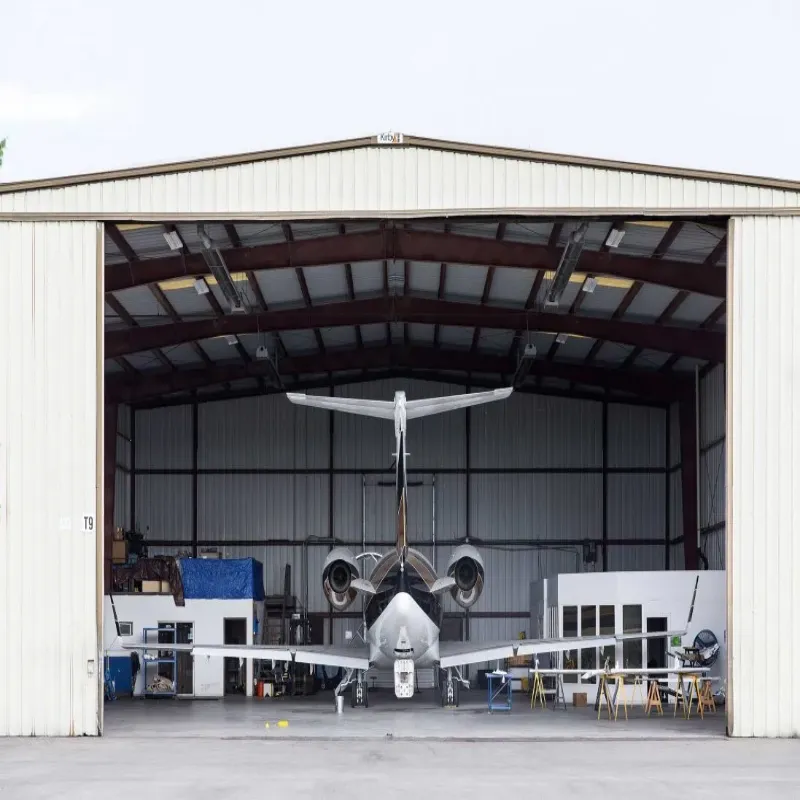- Afrikaans
- Albanian
- Amharic
- Arabic
- Armenian
- Azerbaijani
- Basque
- Belarusian
- Bengali
- Bosnian
- Bulgarian
- Catalan
- Cebuano
- Corsican
- Croatian
- Czech
- Danish
- Dutch
- English
- Esperanto
- Estonian
- Finnish
- French
- Frisian
- Galician
- Georgian
- German
- Greek
- Gujarati
- Haitian Creole
- hausa
- hawaiian
- Hebrew
- Hindi
- Miao
- Hungarian
- Icelandic
- igbo
- Indonesian
- irish
- Italian
- Japanese
- Javanese
- Kannada
- kazakh
- Khmer
- Rwandese
- Korean
- Kurdish
- Kyrgyz
- Lao
- Latin
- Latvian
- Lithuanian
- Luxembourgish
- Macedonian
- Malgashi
- Malay
- Malayalam
- Maltese
- Maori
- Marathi
- Mongolian
- Myanmar
- Nepali
- Norwegian
- Norwegian
- Occitan
- Pashto
- Persian
- Polish
- Portuguese
- Punjabi
- Romanian
- Russian
- Samoan
- Scottish Gaelic
- Serbian
- Sesotho
- Shona
- Sindhi
- Sinhala
- Slovak
- Slovenian
- Somali
- Spanish
- Sundanese
- Swahili
- Swedish
- Tagalog
- Tajik
- Tamil
- Tatar
- Telugu
- Thai
- Turkish
- Turkmen
- Ukrainian
- Urdu
- Uighur
- Uzbek
- Vietnamese
- Welsh
- Bantu
- Yiddish
- Yoruba
- Zulu
Oct . 04, 2024 01:54 Back to list
Steel Structure Building Design An Overview
Steel structure buildings have become an integral aspect of modern construction due to their strength, versatility, and efficiency. The design of these structures requires a comprehensive understanding of engineering principles, aesthetic considerations, and environmental impacts. This article will explore the fundamental elements of steel structure building design, highlighting its benefits, critical design considerations, and advancements in technology that are shaping the future of the industry.
Strength and Durability
One of the most significant advantages of steel as a construction material is its exceptional strength-to-weight ratio. Unlike traditional materials like wood or brick, steel can support heavy loads with smaller cross-sectional areas. This property allows for taller and more expansive structures that can withstand harsh weather conditions, earthquakes, and other natural disasters. Additionally, steel is resistant to rot, pests, and fire, making it a long-lasting choice for various applications.
Design Flexibility and Aesthetics
Steel's versatility also extends to architectural design. Its ability to be fabricated into intricate shapes and sizes enables architects to push creative boundaries. Whether constructing commercial buildings, bridges, or industrial warehouses, steel can accommodate diverse design preferences, from sleek modern skyscrapers to traditional structures. The aesthetic appeal of exposed steel beams and columns can also enhance the visual interest of a building, creating an industrial chic atmosphere that many contemporary designs embrace.
steel structure building design

Sustainability Considerations
As the world becomes more environmentally conscious, the steel industry is evolving to promote sustainability. Steel is 100% recyclable, which means that at the end of a building's life, the materials can be repurposed for new constructions. Modern steel production processes are also becoming more energy-efficient, reducing the overall carbon footprint associated with steel manufacturing. By incorporating sustainable practices in the design phase, such as optimizing material usage and reducing waste, architects and engineers can play a crucial role in promoting green building practices.
Advanced Design Technologies
The advent of technology has revolutionized steel structure building design. Computer-aided design (CAD) programs allow for precise modeling and simulations, enabling designers to visualize structures in three dimensions before they are built. Building Information Modeling (BIM) enhances this process by providing detailed information about every component of a structure, improving collaboration among architects, engineers, and contractors. These tools help identify potential design flaws early in the process, saving time and resources.
Conclusion
In conclusion, the design of steel structure buildings marries strength, flexibility, and sustainability, creating a reliable framework for modern architecture. As technological advancements continue to emerge, the potential for innovative designs only expands, offering exciting possibilities for the future of construction. By prioritizing efficient materials and effective design strategies, the industry can meet the growing demand for sustainable and aesthetically pleasing buildings. As cities evolve and expand, steel structures will undoubtedly play a pivotal role in shaping our urban landscapes, making them a vital focus for engineers and architects alike.
-
How Do Prefabricated Steel Structures Transform Modern Construction?
NewsJul.14,2025
-
How Do Prefabricated Metal Buildings Redefine Modern Construction?
NewsJul.14,2025
-
How Do Prefab Insulated Metal Buildings and Steel Structures Revolutionize Modern Construction?
NewsJul.14,2025
-
How Do Pre - Engineered Steel Structures Redefine Modern Construction?
NewsJul.14,2025
-
Advancing Modular Construction with Prefabricated Metal Structures
NewsJul.14,2025
-
Advancing Industrial Infrastructure with Prefabricated Steel Solutions
NewsJul.14,2025
Products categories
Our Latest News
We have a professional design team and an excellent production and construction team.












